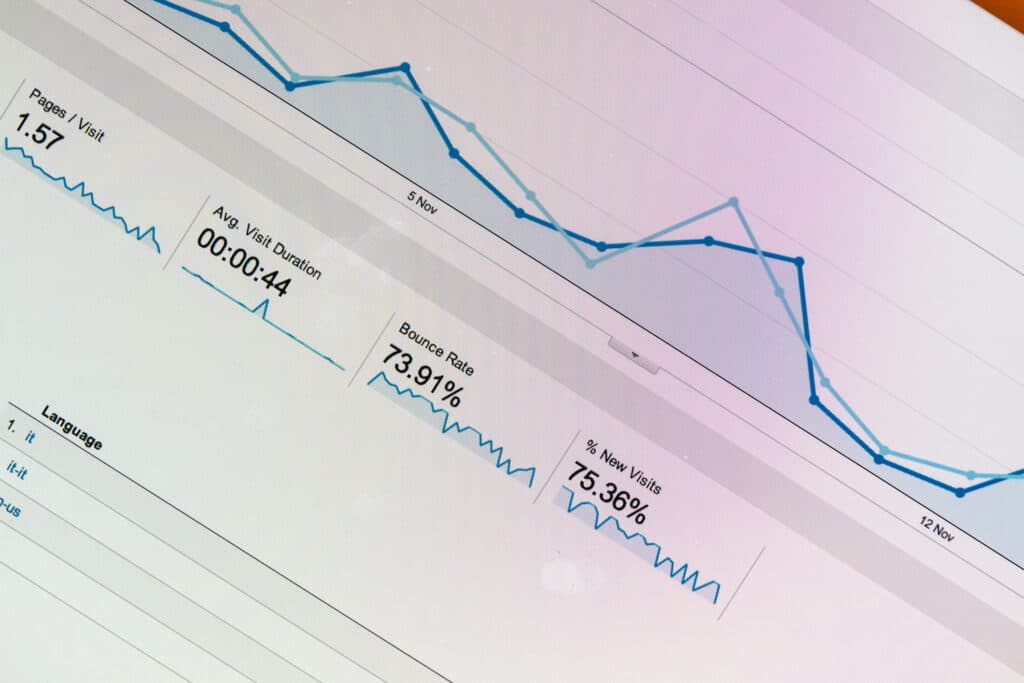What Should You Do About Old, Outdated Content on Your Website?
Any SEO or content marketing pro worth their salt will tell you the importance of quality content – fresh and relevant information regularly added to your website. Not only is the regular addition of quality content likely to curry favour with search engine bots, but it will also give your audience more reason to return time and again.
This is why digital agencies will put effort into updating and improving on-site content, and regularly update certain areas of a site (most commonly a blog or news resource). Soon enough, your website becomes a comprehensive resource for your audience and your industry, and organic visits should start to increase.
But at the same time, it’s vital that you manage the growth of your website rather than allowing it to expand into an unmanageable behemoth of outdated, irrelevant content. Treat your website like a museum dedicated to top quality content, rather than a dingy attic room where legacy content goes to die.
Visitors to your website should be able to quickly and efficiently find the answers to their questions, without having to trawl through numerous different resources and sometimes contradictory claims. Consider the customer journey, and cut off the excess pathways which create a confusing labyrinth – leaving a clear route from customer query to satisfactory solution.
To help you effectively manage old, outdated content on your website (without causing any SEO damage along the way), we’ve compiled a few tips to help you significantly improve your website’s offerings.

How to Tackle Outdated Blog Content and Resources
Are some of the claims and advice offered on your website out of date and redundant? Rather than creating brand new, contradictory content to sit alongside the elder statesman – simply update the original.
And while you’re rooting around in your website’s blog, it’s the perfect time to improve the old content. Add any extra information which may be relevant and useful to readers of the content, and maybe pop in a graphic or another form of rich media which will add extra value.
Rather than having multiple, contradictory pieces of content, this single comprehensive and up-to-date resource simplifies the customer journey and removes any confusion for readers. Just make sure you don’t remove any of the keyword relevancy of the piece, or cut the copy to the extent that it could be considered thin content – such changes could negatively affect the page’s visibility and performance.
Clarity and honesty are important when updating old content, so we’d recommend leaving a small dated note in a prominent position, explaining that the content has been updated. Your audience will appreciate the transparency, and be reassured the content is up to date and relevant.
Another great benefit of updating content is the opportunity to bring it forward to a more prominent part of the site/blog. Research shows that Google’s algorithm uses engagement as part of its criteria – so pages which are largely ignored or possess a high bounce rate could negatively affect your site’s SEO performance.
How to Tackle Discontinued Product Pages
There’s some content which is best left in the past – for example, landing pages for products no longer stocked or services no longer provided. If these pages are still drawing (and ultimately frustrating) visitors, we’d recommend adding a noindex tag to the HTML – so search engine bots will no longer index these specific pages.
Implement a redirect to a relevant page for those who have memorised or saved the URL, or stumbled upon the page via a different avenue. If you’ve replaced the discontinued product or service, it may be worth redirecting to the replacement’s landing page – helping your visitors find exactly what they want.
If there is not a direct, like-for-like alternative – it may be preferable to redirect to the relevant brand or category page. Whilst there isn’t a ‘one size fits all’ solution to redirecting noindex pages, we’d recommend considering how the redirect affects the customer journey – helping visitors get to their desired page with the least amount of effort.
And at Banc, we advise against mass home page redirects. Related pages are always the preferred destination, keeping your visitors and the search engine bots happier.
How to Tackle Cannibal Pages
An unfortunate by-product of proclaiming that “content is king” was the strategy of creating a staggering mass of content to boost the number of pages and words on a website. This has led to the creation of innumerate bloated (and ultimately confusing websites) haunting the net. This is often referred to as cannibal content, feasting on itself and regurgitating the same information multiple times throughout a single website.

In the bid to create visitor-friendly websites which offer simple customer journeys and useful resources, many website owners are now facing the prospect of significantly pruning their site.
Somewhat inevitably, a mass cull of unnecessary pages does not render fantastic SEO results. Search engines aren’t fans of deleted pages, and the subsequent wasted incoming links, so will not look kindly upon a tapestry of 404 pages sewn throughout your website.
Identify your best-performing pages, and make them your ‘master pages’. All underperforming pages which offer no real value on top of the master pages can then be pruned (any useful nuggets of content can be added to the relevant master pages). A quick noindex and redirect to the master pages can then ensure your visitors arrive in the best place for their queries and needs, without a 404 in sight.
If you’ve got concerns about your content, please get in touch via office@banc.digital or by calling 0345 459 0558.


